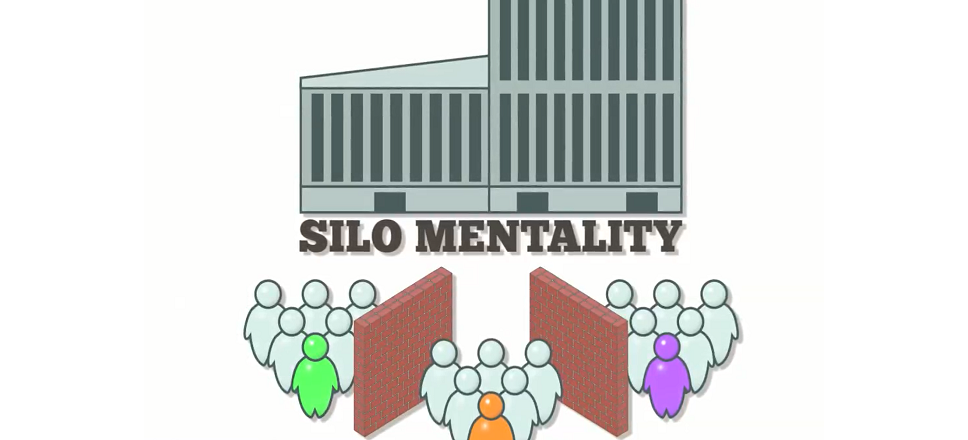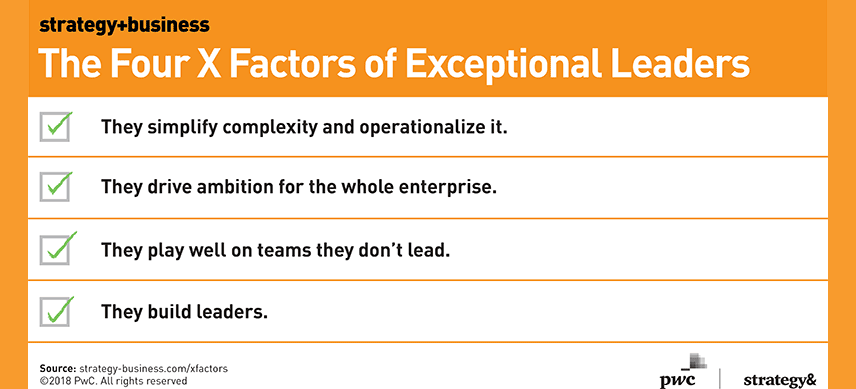
Which Traits Creating An Exceptional Leader?
6 yearsago 1 Comment 3.6k Views
Every February during the past 35 years, the National Football League will start organizing training programs, to assess the skills of players before they join the season. Players will be evaluated through a number of tests on durability, muscle, and toughness. The selection of players for them to participate in the tournament will depend on their performance on this test. Therefore, it can be said that these tests are considered a leading factor for a player’s career orientation in the future.
Similar to how NFL incorporates these qualities to predict future stars of the tournament, companies have also developed more complex models to answer a seemingly simple question: “Which characteristics distinguish senior C-suite leaders in the future?” In response to this question, Strategy + Business conducted data analysis on 2,500 executives – those who participated in the next C-suite search programs for the company, as well as working with more than 1,000 senior executives. Strategy + Business recognizes that there are four special qualities of these leaders that help them become the next generation of talented leaders.
1. Talented leaders will simplify complexity and find out how they work
As the speed of change and disruption becomes rapid worldwide, leaders face a series of new and complex questions. A typical C-suite leader can handle this huge amount of data, at a fast pace. Therefore, the ability to “cope with the ambiguity” and the ability to “learn and adapt quickly” has become a standard in assessing the level of governance of these leaders. However, really outstanding C-suite are those who not only adapt to chaos in the company: They also understand them and create easier approaches to not just who they do being around them can also be easy and confront them like the way they do.
Why do we need to emphasize this feature? In fact, the ability to simplify complexity seems like a paradox (the bigger the company, the more complex it is), and that’s what makes these people different. A talented leader must be someone who can solve paradoxes easily and understand that leadership needs a different set of skills to meet different problems.
2. They promote ambition for the whole business
One of the things that can kill the most powerful motivation in organizations is the tendency to “Silo behavior”. Thinking by Silo is a mindset that appears in many companies or in certain parts. People with their Silos will not want to share their department information with other departments, even if they all in the same company. There are many individuals who always think that they are just an individual in a small group, trying to do the best-assigned things and competing with other groups to be recognized, instead of thinking of a larger collective interest or the benefits of the whole company. Behaviors like these tend to be more concentrated within the company than in the market, and this can create blind spots in the business.

Silo behaviors can make departments stand out independently of each other
For someone to step out of their Silo and think further for business means to overcome two basic human drivers: Their loyalty to the department and the insecure feeling of they have to work with people they do not know well. Achieving enterprise-level thinking requires a person to have enough self-awareness to understand these conflicts and need to be serious enough to be able to overcome them. Helping an individual understand that a company is the only thing they are willing to offer (rather than just a certain part of Silo thinking) is what a talented leader needs to do.
3. They perform well in groups even if they are not leaders
From executive levels downwards, groups are considered the basic organizational form of a company. However, most of the groups in the business often do not have a clear definition of whether they work together as a real group, although there have been many academic studies showing great strength when they do together.
The best leaders, long before they approached the C-suite model, began conversations with their groups with some questions: “What do we need to do to accelerate the effectiveness of strategy? What are the three priorities that we have to address as a team? ”The answers to these questions will then be the agendas in each meeting, helping decision making easier and informed paper for leaders to talk to the broader organization.
4. They create the next leaders
The executives usually fall into one of the following two groups. A group sees people working for them as assets to help them advance in their careers. Another group sees the potential of employees and is responsible for developing them. It is not always possible for senior leaders, board directors or HR managers to know exactly which group a potential manager belongs to. Some people often take the time to create a nice cover, making others think that they are a dedicated leader, but behind them will easily ignore those who have worked for them.
A leader who can lead other leaders is often a person who can retain and develop people who have views contrary to them. The people that a leader chooses to develop are an indicator to assess the leadership’s ability to create diversity at work. Diversity helps to implement the strategy and create different perspectives to think and work in the business, thereby eliminating the ideological thinking that makes businesses fall into the Silo trap as mentioned above.
The best C-suite leaders actively recruit and attract different views in their groups. Whether formal or informal, they are mentors for new people and people who look different and think differently from them. To win on many fronts in a complex world out there, leaders must build up the next leaders.

4 X-factors of exceptional leaders
Interim
After all, exceptional quality leaders will win by setting the right priorities, building effective teams and helping organizations step out of their Silo to act as a unified organization. And they created leadership groups with a diverse team – not intellectual or hierarchical, but because they will be the key to becoming more dominant in today’s market and the future. Identifying and developing such leaders creates an energetic leadership team and ensures the long-term strategic performance of the company.
——————–
How do you think about this article? Please share it with us via the comment section below.
According to Strategy+Business
PRIMUS – FIRST CLASS JOBS ONLY






[…] for outstanding individuals, the process of becoming a new leader is a constant and progressive learning process, but […]